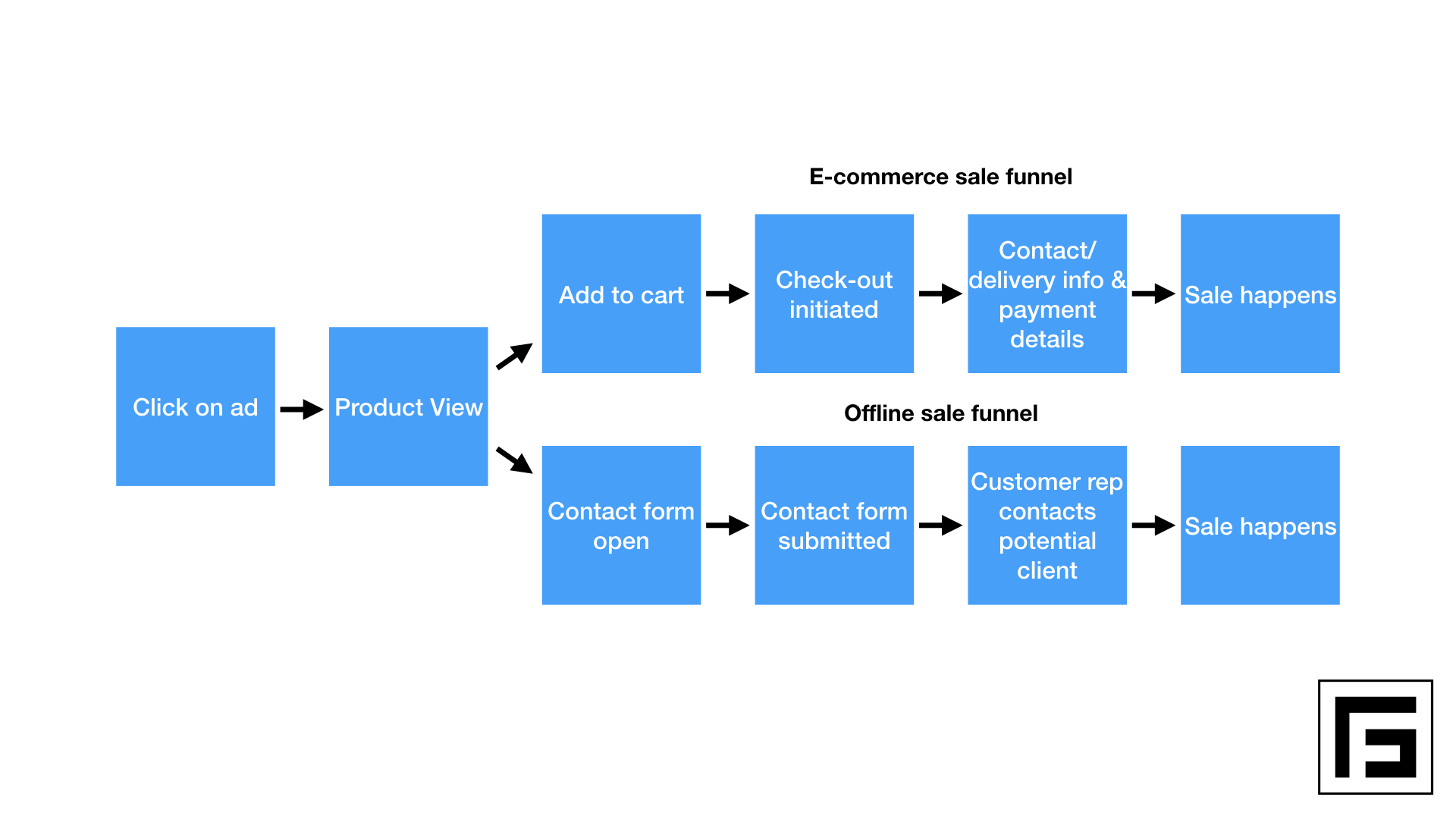Before we go into digital strategy and to build upon our previous post that took a look at importance of analytics, it’s very important to define and set goals. Goal setting is the most important aspect of digital strategy because without those you can’t evaluate anything else. The good news is that digital marketing channels make goal setting much easier than the more traditional (offline) marketing). Offtopic – online marketing is traditional nowadays, no escaping from that.
Why goals matter?
After any marketing campaign you can gather various kinds of data that include, but are not limited to number of people reached, frequency of ad impressions to the same user, website visits and others. But the one that dwarfs all others is the bottom line – how much you have spent and how much you have made. That’s it.
After you know if your ROI (return on investment) for campaign/ad/activity is positive or negative, all other data gains some perspective. In case of negative ROI you use all the other data to figure out what went wrong, but in case the ROI is positive you can learn which aspects of the campaign were the ones worth repeating in the future.
Goals have to be measured – otherwise you could as well not waste time of defining or setting them.
The best goal – Purchase
This is the easiest and most straightforward approach to goal setting. If the product/service can be bought online, this is a must. Even without any tracking you’ll know how much money you have made from the investments in the marketing, but adding tracking will also let you know which channels, which ads, which customer segments were the best (or worst) choices.
Most underused goal – Conversions (that are not purchases)
This is the next best thing. Some businesses just can’t sell things or services online. Or maybe it’s the culture in your industry.
Before a customers commit to paying, they go through a process that online marketing professionals call “funnel”. At the start of the funnel are the people who know nothing about your business, but at the end are the ones who have already made a purchase.
Here’s a sample comparison how sale happens online and offline:

As you can see, most sales happen within easily definable way – each client before the sale on the online store has added product to the cart and fulfilled his information. In case of products that are being sold offline, there’s still some processes that happen online – for example (as in this case) users fulfill form.
And there’s your goal – contact form submission. Because customer rep can’t reach out (and sale can’t happen) if user doesn’t submit this form. In other cases these goals can be pdf downloads, subscribtions to a mailing list etc.
Of course, contact form submission doesn’t guarantee a sale, but it can help you evaluate the ROI anyway. How? Easy – you can easily calculate how much fulfilled contact forms you need to make one sale – that will be your conversion rate. For example, if you spend 10€ in marketing per every contact form filled and you know that ~ every third applicant makes a purchase or signs the contract, you know that you get a client from every three forms and that requires a 30€ investment in marketing.
Vague goals – reach, click, Like
This is the hardest part of our business. We really don’t like if we can’t measure at least something. What makes it harder is that we know that Likes rarely correlate with real purchases or other conversions.
If you can’t measure anything and go for reach, you should be very aware about who are you targeting this ad to and how to evaluate the creative. We usually try A/B test things for creative materials.
With these goals the ROI will be cost per 1000 people reached, cost per click or cost per engagement. Sometimes these things work really well and sometimes they don’t – based on our experience with clients who are able to set more specific goals.
Hope this helped somebody out there.
